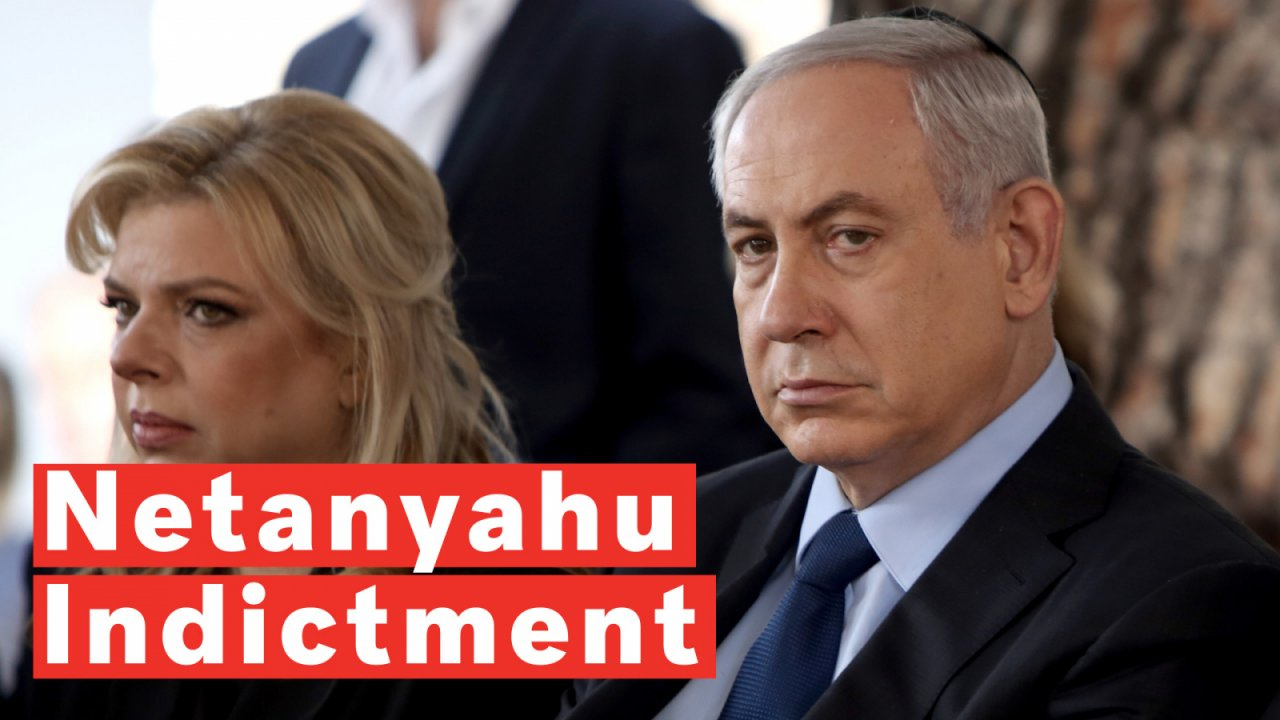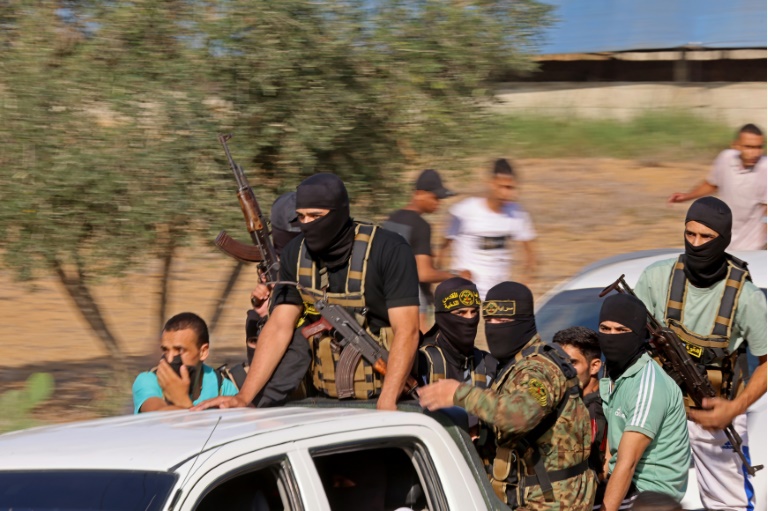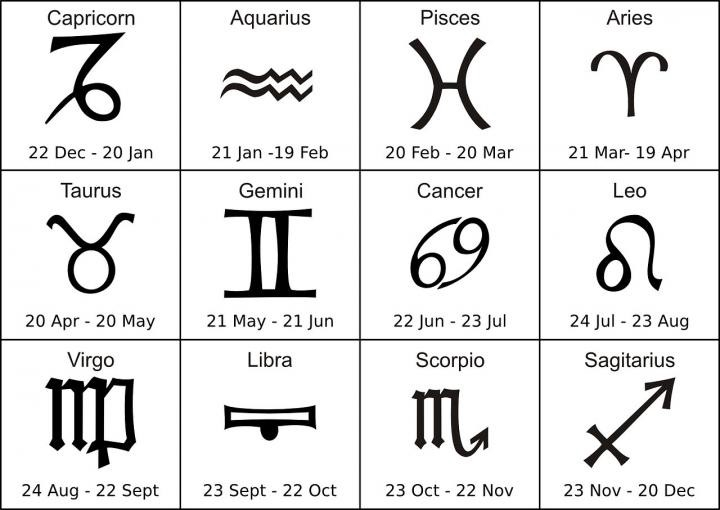Israeli Prime Minister Benjamin Netanyahu has pledged to retaliate firmly against the rocket and infiltrating attack by the Islamic Resistance Movement (Hamas), which has killed at least 200 Israelis and left over 1,400 wounded.
In a televised address on Saturday evening, the Israeli leader described the day as a grim moment in Israeli history and said his country would “take revenge” and “defeat” the Hamas militants.
“The Israel Defense Forces will immediately use all of its power in order to destroy Hamas’ capabilities,” he added.
Throughout the day, Netanyahu engaged in extensive consultations as his government weighed the Israeli response, Xinhua news agency reported.
The Israel Defense Forces were engaged in a massive build-up of forces Saturday night, calling up large numbers of reservists and preparing for war as it continued to reel from one of the darkest days in Israel’s history, which saw an unprecedented terrorist assault on the country’s southern communities, with hundreds killed, more than 1,500 wounded and apparently dozens abducted by the Hamas terror group, media reported.
In an assault of startling breadth, Hamas gunmen rolled into as many as 22 locations in southern Israel, including towns and other communities as far as 15 miles (24 km) from the Gaza border. In some places, they roamed for hours, gunning down civilians and soldiers as Israel’s military scrambled to muster a response. Gun battles continued well after nightfall, and terrorists held hostages in standoffs in at least two towns, The Times of Israel reported.
The death toll from the day’s events continued to rise by the hour and as of early Sunday morning stood at 300 people, many of them civilians slain in their homes and in the streets, as well as at a large outdoor party targeted by the terrorists.
Hospitals were flooded with wounded, with the latest tally at 1,590, nearly 300 of those seriously injured and 19 in critical condition, The Times of Israel reported.
After midnight, 18 hours after the coordinated assault began, Israeli security forces were still struggling to clear terrorist cells entrenched within devastated communities. Many civilians were still holed up in their homes, hiding in fear of roving terrorists searching for victims, as troops faced off with hostage-takers in some cases and stormed homes in others, shooting dead the gunmen within.
Meanwhile, a continuous stream of Palestinian photos and videos flooded social media depicting scenes of carnage from within the towns as well as harrowing footage of frightened men, women and children dragged from their homes to an uncertain fate in Gaza. The IDF confirmed that soldiers and civilians had been taken hostage but did not specify a number.
Concurrently, barrages of rockets continued to rain down on southern and central Israel, regularly sending hundreds of thousands of people running to shelters. Several people were wounded by rockets that evaded the Iron Dome Defense system and smashed into towns. Some were seriously hurt.
The scenes of chaos and suffering and the prolonged failure to gain control of the situation shocked and outraged the nation, and sparked pointed questions and demands for answers on the many failures of intelligence, deployment and policy that had enabled such a national catastrophe, with hundreds of terrorists flooding civilian communities in armed convoys.
At the same time, Israel was in the preliminary stages of a military response its leaders vowed would be unprecedented, with the army carrying out strikes on terror targets across the Strip throughout the day. Gaza health officials said at least 230 were killed there, with hundreds wounded.
Palestinian health authorities in Gaza reported that at least 232 Palestinians were killed and 1,697 injured in the enclave due to Israeli airstrikes.
(With inputs from agencies)






![Shani Louk: Disturbing Video Shows Hamas Terrorists Parading Naked, Battered Body of German Tattoo Artist on Truck after Kidnapping Her from Music Festival [GRAPHIC]](https://data.ibtimes.sg/en/full/70295/shani-louk.jpg)
